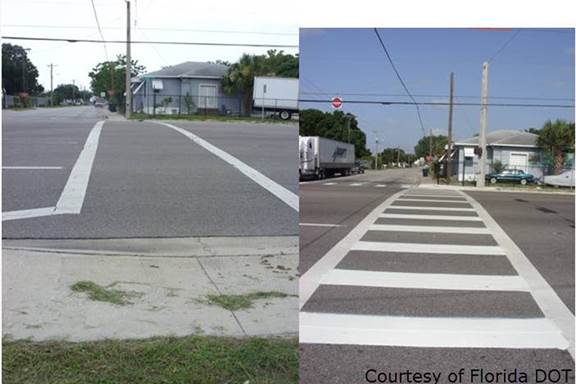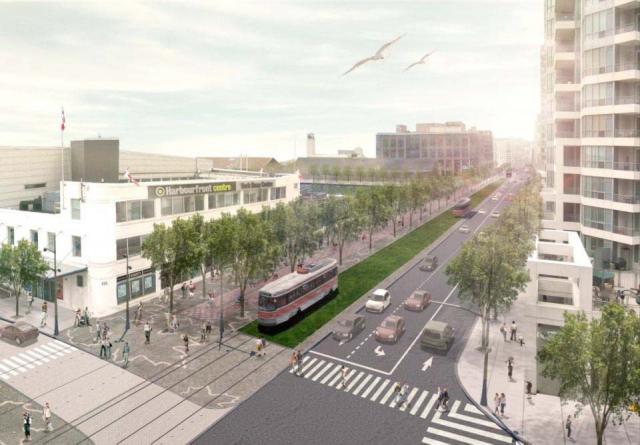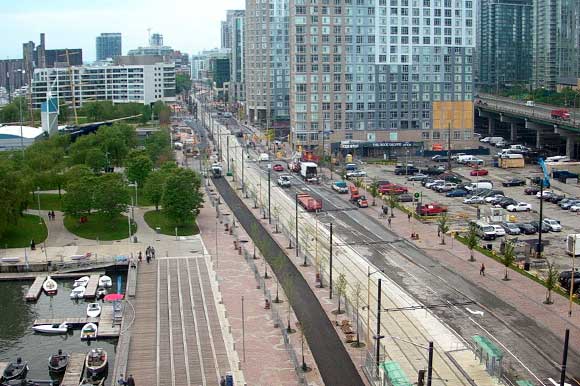Yes, it is but one driver of behaviour, but it also happens to be the most significant. The more unreasonable rules and expectations there are, the more people will develop the mentality to take the rules with a grain of salt. There are a lot of good examples here - I personally identify with Skeezix's example of one-way streets which are such for traffic calming reasons, rather than traffic control. Living downtown, I would cycle south down Victoria Street until Wellington, even though it becomes one-way northbound for two blocks at King. Because even riding illegally down a quiet one-way street is still safer than the alternative, which is to cycle legally down Yonge Street.
This applies to all road users. I expect that this mentality is the same one that explains why average speeds on 400-series highways are routinely 15 km/h above the speed limit. The signs say "Maximum 100", not "Minimum 100". I was recently in New Brunswick, and I found that although their speed limits are generally higher than ours for a comparable road, people didn't actually drive any faster. In New Brunswick, when the speed limits drop to 30 for a school zone, people actually slow to 30. Ditto for an 80km/h construction zone on the highway. Because most of the time the speed limits are consistent with what people consider 'reasonable', they don't develop the mindset to take them with a grain of salt as we do here in Ontario.
So you're right that correcting these counter-intuitive designs will not single-handedly end all law-breaking behaviour. But each change we make toward a more reasonable road system will contribute toward attitudes of respect toward rules and regulations. As it stands, Queens Quay is one of the worst places for intuitive design, so it is critical to fix in order to restore road users' respect of traffic engineering.





